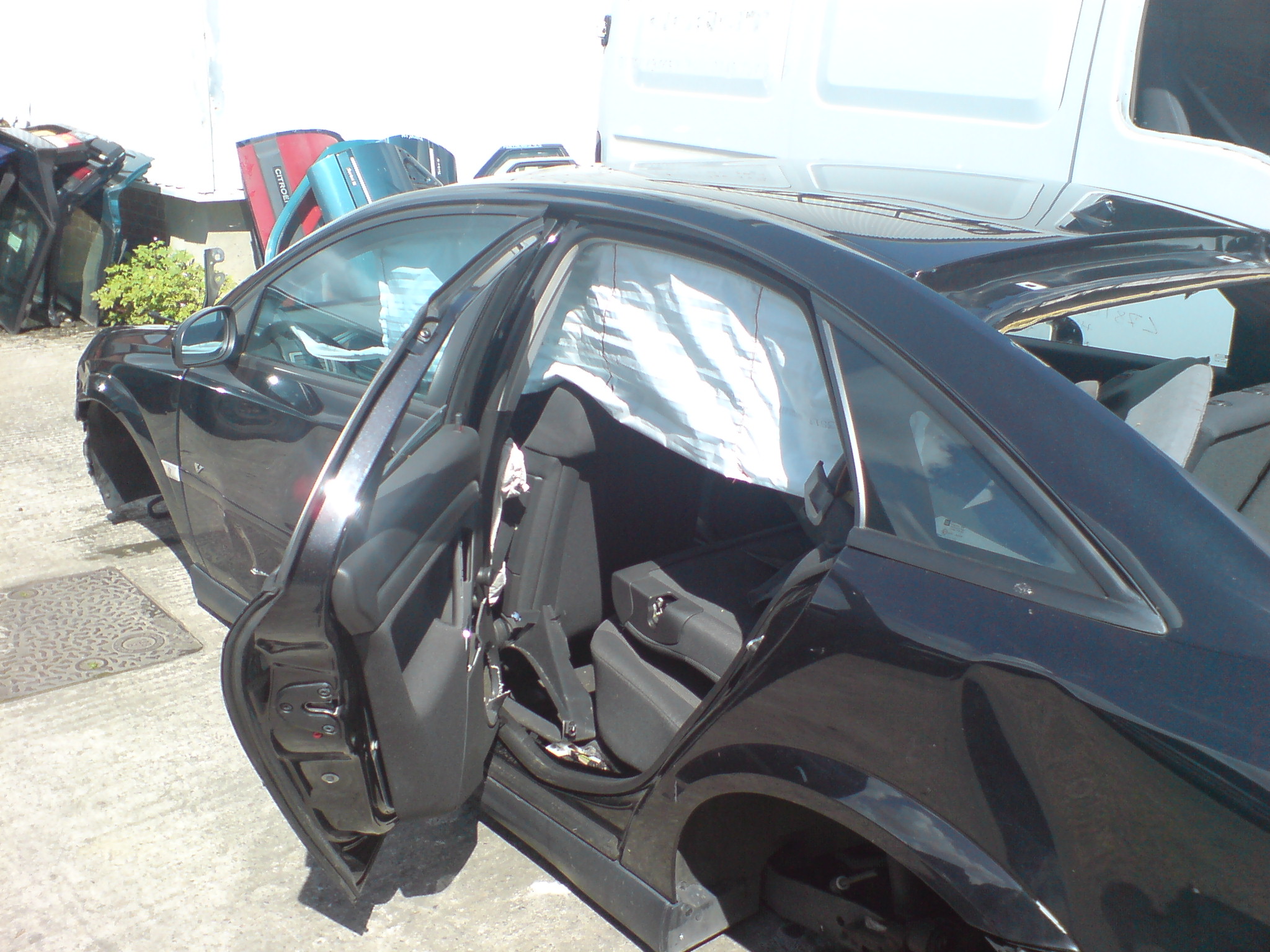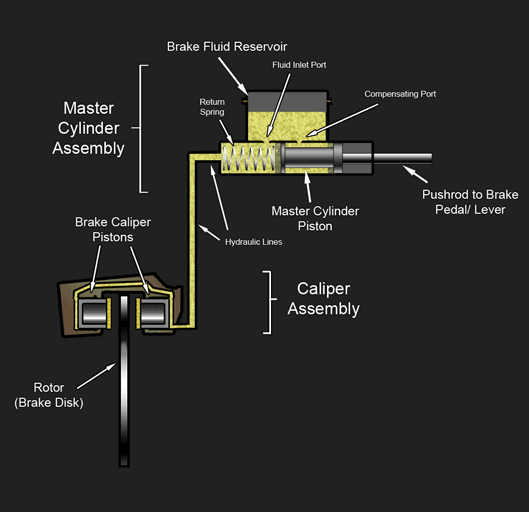|
Mercedes-Benz Vision CLS
The Mercedes-Benz Vision CLS is a concept vehicle with a six-cylinder twin turbo diesel engine rated at 265 PS (195 kW; 261 hp) and 560 N·m (413 lb·ft), 7G-TRONIC seven-speed automatic transmission, Active Light System from Mercedes-Benz E-Class (W211), electrohydraulic brake system from Mercedes-Benz SL (R 230), dashboard and A-pillars upholstered in leather, soft leather upholstery on seats and door panels, oak veneer, glass roof, 470 litres of boot capacity, adaptive airbag, adaptive front airbags, window bags and side airbags, belt tensioners with adaptive belt force limiters. The vehicle was unveiled at the 2003 Frankfurt International Motor Show IAA. It was a preview of the Mercedes-Benz CLS-Class (C219). References {{Mercedes-Benz Mercedes-Benz concept vehicles, Vision CLS ... [...More Info...] [...Related Items...] OR: [Wikipedia] [Google] [Baidu] |
Daimler-Chrysler
The Mercedes-Benz Group AG (previously named Daimler-Benz, DaimlerChrysler and Daimler) is a German multinational automotive corporation headquartered in Stuttgart, Baden-Württemberg, Germany. It is one of the world's leading car manufacturers. Daimler-Benz was formed with the merger of Benz & Cie. and Daimler Motoren Gesellschaft in 1926. The company was renamed DaimlerChrysler upon acquiring the American automobile manufacturer Chrysler Corporation in 1998, and was again renamed Daimler AG upon divestment of Chrysler in 2007. In 2021, Daimler AG was the second-largest German automaker and the sixth-largest worldwide by production. In February 2022, Daimler was renamed Mercedes-Benz Group. The Mercedes-Benz Group's marques are Mercedes-Benz for cars and vans (including Mercedes-AMG and Mercedes-Maybach) and Smart. It has shares in other vehicle manufactures such as Daimler Truck, Denza, BAIC Motor and Aston Martin. By unit sales, the Mercedes-Benz Group is the thirteent ... [...More Info...] [...Related Items...] OR: [Wikipedia] [Google] [Baidu] |
7G-TRONIC
7G-Tronic is Mercedes-Benz's trademark name for its seven-speed automatic transmission, starting off with the W7A 700 and W7A 400 (Wandler-7-Gang-Automatik bis 700 oder 400 Nm Eingangsdrehmoment; converter-7-gear-automatic with 516 or 295 ft·lb maximum input torque; type 722.9) as core models. Abstract This fifth-generation transmission was the first seven-speed automatic transmission ever used on a production passenger vehicle. In all applications this transmission is identified as the New Automatic Gearbox Generation Two, or NAG2. It initially debuted in Autumn 2003 on five different eight-cylinder models: the E500, S 430, S 500, CL 500, and SL 500. It also soon became available on many six-cylinder models. Turbocharged V12 engines, four cylinder applications and commercial vehicles continued to use the older Mercedes-Benz 5G-Tronic transmission for many years. The company claims that the 7G-Tronic is more fuel efficient and has sh ... [...More Info...] [...Related Items...] OR: [Wikipedia] [Google] [Baidu] |
Belt Force Limiter
A seat belt (also known as a safety belt, or spelled seatbelt) is a vehicle safety device designed to secure the driver or a passenger of a vehicle against harmful movement that may result during a collision or a sudden stop. A seat belt reduces the likelihood of death or serious injury in a traffic collision by reducing the force of Second impact (safety), secondary impacts with interior strike hazards, by keeping occupants positioned correctly for maximum effectiveness of the airbag (if equipped), and by preventing occupants being ejected from the Car crash, vehicle in a crash or if the Vehicle rollover, vehicle rolls over. When in motion, the driver and passengers are traveling at the same speed as the vehicle. If the vehicle suddenly stops or crashes, the occupants continue at the same speed the vehicle was going before it stopped. A seatbelt applies an opposing force to the driver and passengers to prevent them from falling out or making contact with the interior of the ca ... [...More Info...] [...Related Items...] OR: [Wikipedia] [Google] [Baidu] |
Belt Tensioner
A tensioner is a device that applies a force to create or maintain tension. The force may be applied parallel to, as in the case of a hydraulic bolt tensioner, or perpendicular to, as in the case of a spring-loaded bicycle chain tensioner, the tension it creates. The force may be generated by a fixed displacement, as in the case of an eccentric bicycle bottom bracket, which must be adjusted as parts wear, or by stretching or compressing a spring, as in the case of a spring-loaded bicycle chain tensioner; by changing the volume of a gas, as in the case of a marine riser tensioner; by hydraulic pressure, as in the case of a hydraulic bolt tensioner; or by gravity acting on a suspended mass, as in the case of a chair lift cable tensioner. In the power sector, thtensioneris a machine for maintaining constant tension of the conductors during work of hanging the transmission network.. Applications *Bolt tensioners are devices designed to apply a specific tension to a bolt. The devic ... [...More Info...] [...Related Items...] OR: [Wikipedia] [Google] [Baidu] |
Side Airbag
An airbag is a vehicle occupant-restraint system using a bag designed to inflate extremely quickly, then quickly deflate during a collision. It consists of the airbag cushion, a flexible fabric bag, an inflation module, and an impact sensor. The purpose of the airbag is to provide a vehicle occupant with soft cushioning and restraint during a collision. It can reduce injuries between the flailing occupant and the interior of the vehicle. The airbag provides an energy-absorbing surface between the vehicle's occupants and a steering wheel, instrument panel, body pillar, headliner, and windshield. Modern vehicles may contain up to 10 airbag modules in various configurations, including: driver, passenger, side-curtain, seat-mounted, door-mounted, B and C-pillar mounted side-impact, knee bolster, inflatable seat belt, and pedestrian airbag modules. During a crash, the vehicle's crash sensors provide crucial information to the airbag electronic controller unit (ECU), including colli ... [...More Info...] [...Related Items...] OR: [Wikipedia] [Google] [Baidu] |
Window Bag
An airbag is a vehicle occupant-restraint system using a bag designed to inflate extremely quickly, then quickly deflate during a Traffic collision, collision. It consists of the airbag cushion, a flexible fabric bag, an inflation module, and an impact sensor. The purpose of the airbag is to provide a vehicle occupant with soft cushioning and restraint during a collision. It can reduce injuries between the flailing occupant and the interior of the vehicle. The airbag provides an energy-absorbing surface between the vehicle's occupants and a steering wheel, instrument panel, Pillar (car), body pillar, headliner, and windshield. Modern vehicles may contain up to 10 airbag modules in various configurations, including: driver, passenger, side-curtain, seat-mounted, door-mounted, B and C-pillar mounted side-impact, knee bolster, inflatable seat belt, and pedestrian airbag modules. During a crash, the vehicle's crash sensors provide crucial information to the airbag electronic contro ... [...More Info...] [...Related Items...] OR: [Wikipedia] [Google] [Baidu] |
Front Airbag
An airbag is a vehicle occupant-restraint system using a bag designed to inflate extremely quickly, then quickly deflate during a collision. It consists of the airbag cushion, a flexible fabric bag, an inflation module, and an impact sensor. The purpose of the airbag is to provide a vehicle occupant with soft cushioning and restraint during a collision. It can reduce injuries between the flailing occupant and the interior of the vehicle. The airbag provides an energy-absorbing surface between the vehicle's occupants and a steering wheel, instrument panel, body pillar, headliner, and windshield. Modern vehicles may contain up to 10 airbag modules in various configurations, including: driver, passenger, side-curtain, seat-mounted, door-mounted, B and C-pillar mounted side-impact, knee bolster, inflatable seat belt, and pedestrian airbag modules. During a crash, the vehicle's crash sensors provide crucial information to the airbag electronic controller unit (ECU), including colli ... [...More Info...] [...Related Items...] OR: [Wikipedia] [Google] [Baidu] |
Adaptive Airbag
An airbag is a vehicle occupant-restraint system using a bag designed to inflate extremely quickly, then quickly deflate during a Traffic collision, collision. It consists of the airbag cushion, a flexible fabric bag, an inflation module, and an impact sensor. The purpose of the airbag is to provide a vehicle occupant with soft cushioning and restraint during a collision. It can reduce injuries between the flailing occupant and the interior of the vehicle. The airbag provides an energy-absorbing surface between the vehicle's occupants and a steering wheel, instrument panel, Pillar (car), body pillar, headliner, and windshield. Modern vehicles may contain up to 10 airbag modules in various configurations, including: driver, passenger, side-curtain, seat-mounted, door-mounted, B and C-pillar mounted side-impact, knee bolster, inflatable seat belt, and pedestrian airbag modules. During a crash, the vehicle's crash sensors provide crucial information to the airbag electronic contro ... [...More Info...] [...Related Items...] OR: [Wikipedia] [Google] [Baidu] |
A-pillar
The pillars on a car with permanent roof body style (such as four-door sedans) are the vertical or nearly vertical supports of its window area or greenhouse—designated respectively as the ''A, B, C'' and (in larger cars such as 4-door station wagons and sport utility vehicles) ''D-pillar,'' moving from front to rear, in profile view. Nomenclature Car pillars are components that support the structure of an enclosed automobile body. This is similar to that of a house with pillars supporting the roof over the floor. Car pillars are designed to stand in near vertical or inclined positions to support the roof. The consistent alphabetical designation of a car's pillars provides a common reference for design discussion and critical communication. This is used by insurance companies to identify damaged components and rescue teams employ pillar nomenclature to facilitate communication when cutting wrecked vehicles, as when using the jaws of life. The A-pillars on each side of th ... [...More Info...] [...Related Items...] OR: [Wikipedia] [Google] [Baidu] |
Mercedes-Benz SL (R 230)
The R230 generation of the Mercedes-Benz SL-Class was introduced at the Frankfurt Motor Show#2001, 2001 Frankfurt Motor Show and 2001 Bologna Motor Show, replacing the Mercedes-Benz R129, R129. The R230 underwent revisions in 2006 and 2008, and was superseded by the new Mercedes-Benz R231, SL-Class R231 in 2011. Development In early 1996, over six years into the life of the R129, development work on a successor began. On 27 January 1996, design work commenced and draft designs were submitted from ten designers in Germany, California, and Japan. Hundreds of sketches were submitted and would form the basis for twelve quarter scale models which were digitized for computer manipulation. Design of the R230 would progress through two different formats. The real world process centered on the traditional 1:4 scale models, with most of them initially being done clay. Virtual world design development took place in a room packed with state-of-the-art computer processing technology referred t ... [...More Info...] [...Related Items...] OR: [Wikipedia] [Google] [Baidu] |
Electrohydraulic Brake
A hydraulic brake is an arrangement of brake, braking mechanism which uses brake fluid, typically containing glycol ethers or diethylene glycol, to transfer pressure from the controlling mechanism to the braking mechanism. History During 1904, Frederick George Heath (Heath Hydraulic Brake Co., Ltd.), Redditch, England devised and fitted a hydraulic (water/glycerine) brake system to a cycle using a handlebar lever and piston. He obtained patent GB190403651A for “Improvements in hydraulic actuated brakes for cycles and motors”, as well as subsequently for improved flexible rubber hydraulic pipes. In 1908, Ernest Walter Weight of Bristol, England devised and fitted a four-wheel hydraulic (oil) braking system to a motor car. He patented it in Great Britain (GB190800241A) in December 1908, later in Europe and the USA and then exhibited it at the 1909 London Motor Show. His brother, William Herbert Weight improved the patent (GB190921122A) and both were assigned to the Weight Paten ... [...More Info...] [...Related Items...] OR: [Wikipedia] [Google] [Baidu] |








_roadster_(2010-12-04)_02.jpg)
